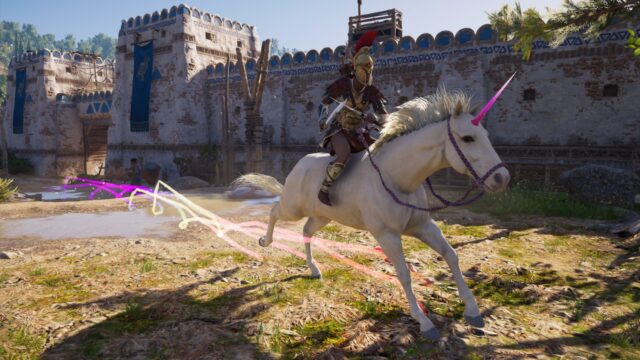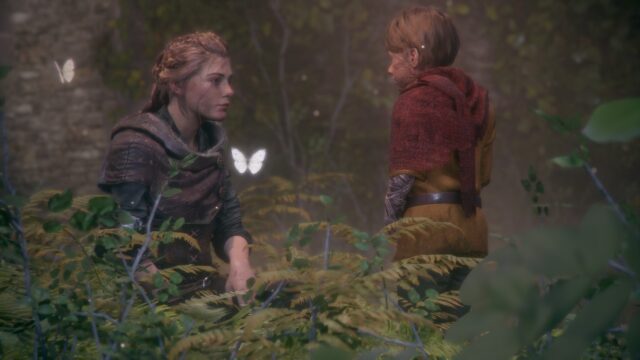About Shovel Knight: Treasure Trove for Nintendo Switch
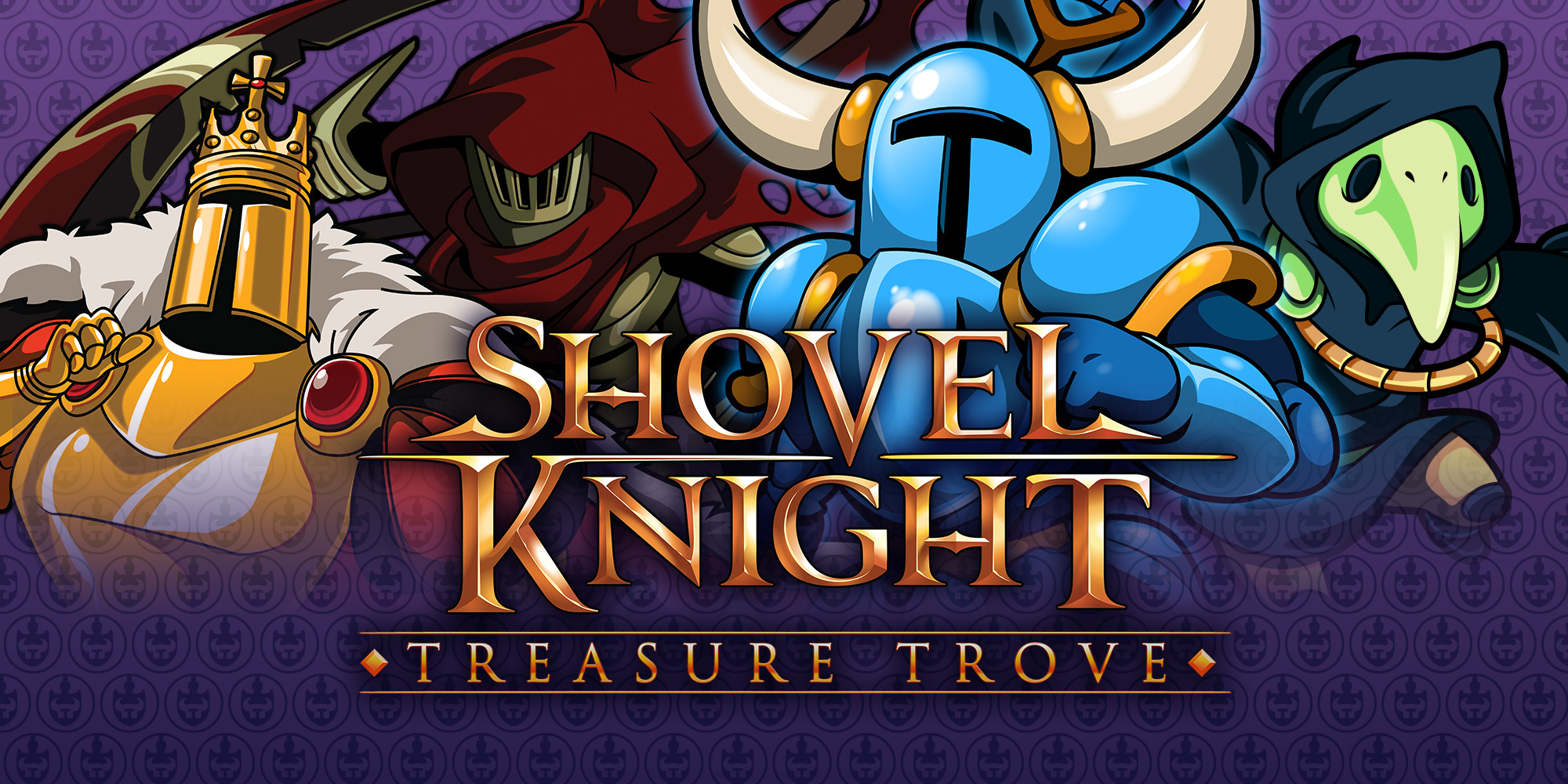
At the end of 2017, I suddenly realized something terrifying: I never got to play Shovel Knight. At the time, this platformer about a knight with a shovel was enticingly sparkling with pixels at the top of the Steam sales, but… um… something didn’t work out, and it remained for me That Game that everyone recommends and that you absolutely have to play any day now. Not today, of course, but very soon!
Luckily, now I have a Switch, whose relatively modest selection of entertainment occasionally pushes me to remember something like this, something good, but lost in the chaos of major releases. Moreover, Shovel Knight now comes as a complete package, with two additional campaigns – and with another one planned for next year. It seems there won’t be a better time or place to make up for what I missed.
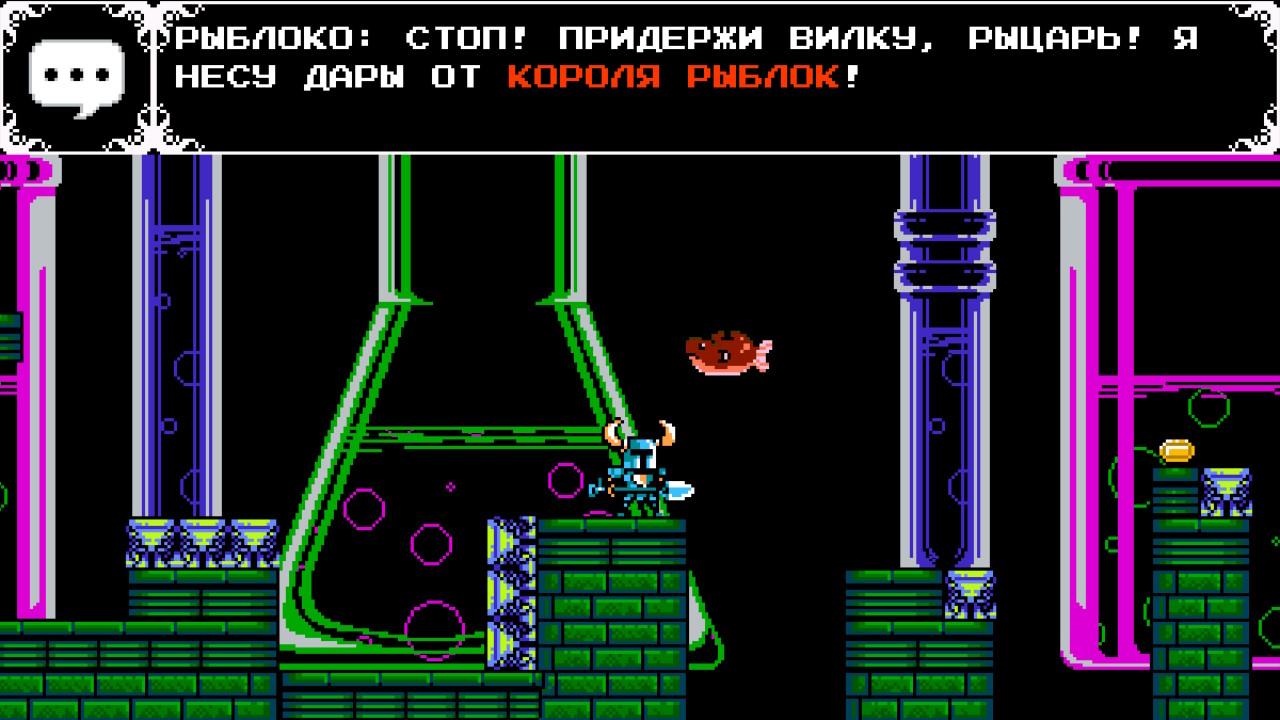
To tell the truth, I’m not a big fan of the classic genre, but it was easy to understand the mass excitement about Shovel Knight. It looks and sounds exactly like old-school platformers, but it feels completely different. Although it is still a game where you have to jump from one part of the screen to another, old as the world ideas coexist here with boundless talent and understanding of what modern game design is.
Instead of trying to fit into retro frames, Shovel Knight adjusts them to today’s standards. And the closest association that cannot be avoided is the Souls series. Just like there, each level on our hero’s, Shovel Knight’s, path represents not just a simple linear path from right to left, but a full-fledged surprise-filled territory.
Jumping enthusiastically on enemies’ heads like Uncle Scrooge, you can come across a secret screen at the end of which a bonus musical composition is hidden. Or accidentally break a wall and find a treasure chest. Or discover a relic that gives new abilities. Or catch a chest with a merchant using a fishing rod – and maybe even a talking fish. Shovel Knight is full of such unexpected discoveries, and often they are waiting where they shouldn’t be according to old good gaming traditions. Boss fights in the middle of a peaceful village usually don’t happen.
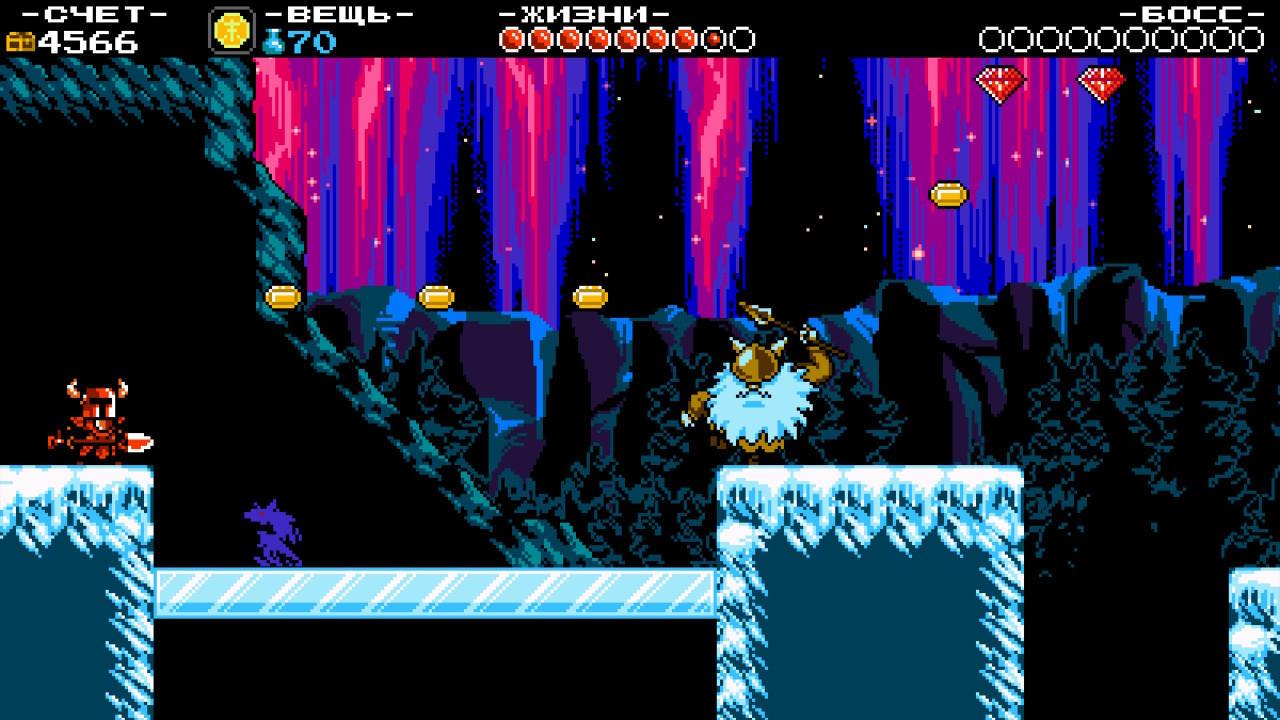
The game is capable of breaking commonly accepted rules, and this greatly contrasts with the visual stylization of the NES era. At first glance, you wouldn’t expect much from a deceptively simple (yet stunningly drawn) handful of pixels – and that’s why it surprises every time it starts experimenting with established mechanics. From thematic levels that change the approach to gameplay, to the upgrade system acquired with previously meaningless points, Shovel Knight strives to make the classic genre engaging for a seasoned audience.
And it successfully accomplishes this task. I can’t recall any other platformer in a similar vein that creates such a diverse and richly unconventional experience around running and jumping realities. It is also complemented by a simple, yet heartfelt and strong story, the authors of which are clearly not devoid of a sense of humor.
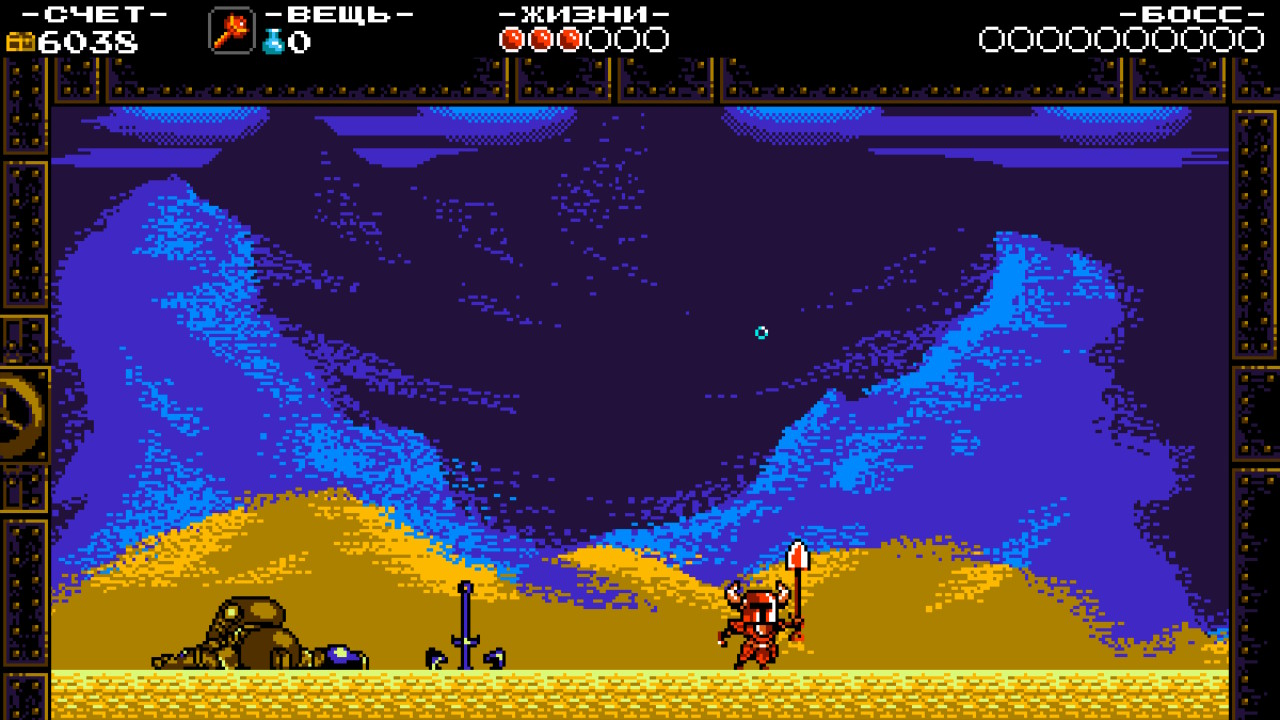
The more pleasant it is that Shovel Knight, being an excellent adventure, does not follow the popular cult of unjustified difficulty. Rare levels make you suffer – mostly the degree of challenge increases smoothly, and checkpoints are frequent enough not to get stuck in one place for long. Although if desired, you can make it hardcore, literally destroying checkpoints for additional rewards.
And here, lives are even infinite. After death, Shovel Knight simply takes away a part of the collected gold, which, again, like in some Dark Souls, remains at the game over spot. The game encourages free exploration, but it does not completely deprive it of risk, considering the number of goodies that can be bought with that gold. Is it worth venturing into a secret cave with pockets full of money? Will I be able to return and collect the lost treasure if something happens? More often than not, of course, you lose more than you find, but the main thing is the spirit of adventure, right?
This spirit permeates all of Shovel Knight. It is interesting and enjoyable to explore, and surprisingly, nostalgia contributes to it the least. Yacht Club Games carefully recreated the eight-bit aesthetics, but they did not parasitize on it like many others. You can even not know anything about “megamen” and raise an eyebrow in bewilderment at comparisons with some Castlevania – and still get equal pleasure. There are plenty of direct quotes here, but the game does not boast them and does not try to pass itself off as a product for the chosen ones.


And the more time I spend in Shovel Knight, the more I appreciate the fact that I first got acquainted with it on the Switch. Computers and TVs are great, but the game feels like it was made for portable mode. It perfectly combines short levels, simple controls, and even pixels that seem too large on a big screen.
Okay, okay. I just like the idea of lounging on the couch late at night and playing something uncomplicated. Got it. (Although pixels on the TV really strain the eyes.)
There is, however, one “but” here: portability is great, but the console’s joy-cons are not suitable for precise platforming at all. The stick doesn’t have a good range of motion, and the D-pad is practically useless except for navigating menus. You can get used to it, but it wouldn’t hurt to get a Pro controller if you want to excel in the shovel business.
And the mentioned “complete set” is the Treasure Trove edition. Among other things, it adds two-player co-op (now works without amiibo!) and a strange feature that changes the gender of all characters. There is no practical use for this, but shippers must be overjoyed.

The essence of the edition, however, lies in the additional campaigns. The plot of the first one, Plague of Shadows, develops parallel to the main story and tells the fate of one of the villains – the Plague Knight. Aside from the usual hilarious and/or touching dialogues, the add-on offers a chance to try out unique mechanics for the new character. The Plague Knight is fundamentally different from the Shovel Knight in terms of controls and abilities, relying on charged jumps and customizable bombs, throwing which suspends him in the air for a few moments. Due to these intricacies, Plague of Shadows turned out to be noticeably more challenging than the original, but that makes returning to the world of Shovel Knight even more interesting.
The prequel, Specter of Torment, once again reworks the gameplay, this time to tell the adventures of the Specter Knight. Unlike the first two protagonists, he can skillfully run on walls and perform dashes through enemies and certain objects, which makes playing as him incredibly fun, but often too easy. Many bosses, for example, can be easily spammed with the infamous dash, without even adapting to their attacks.
Nevertheless, the special rhythmic style of the Specter Knight, combined with the darker and more melancholic storytelling, as well as the unwavering passion for collecting various upgrades, keeps the game from getting boring. Specter of Torment falls slightly short more often than the previous stories, but it is still Shovel Knight, beautiful and captivating.
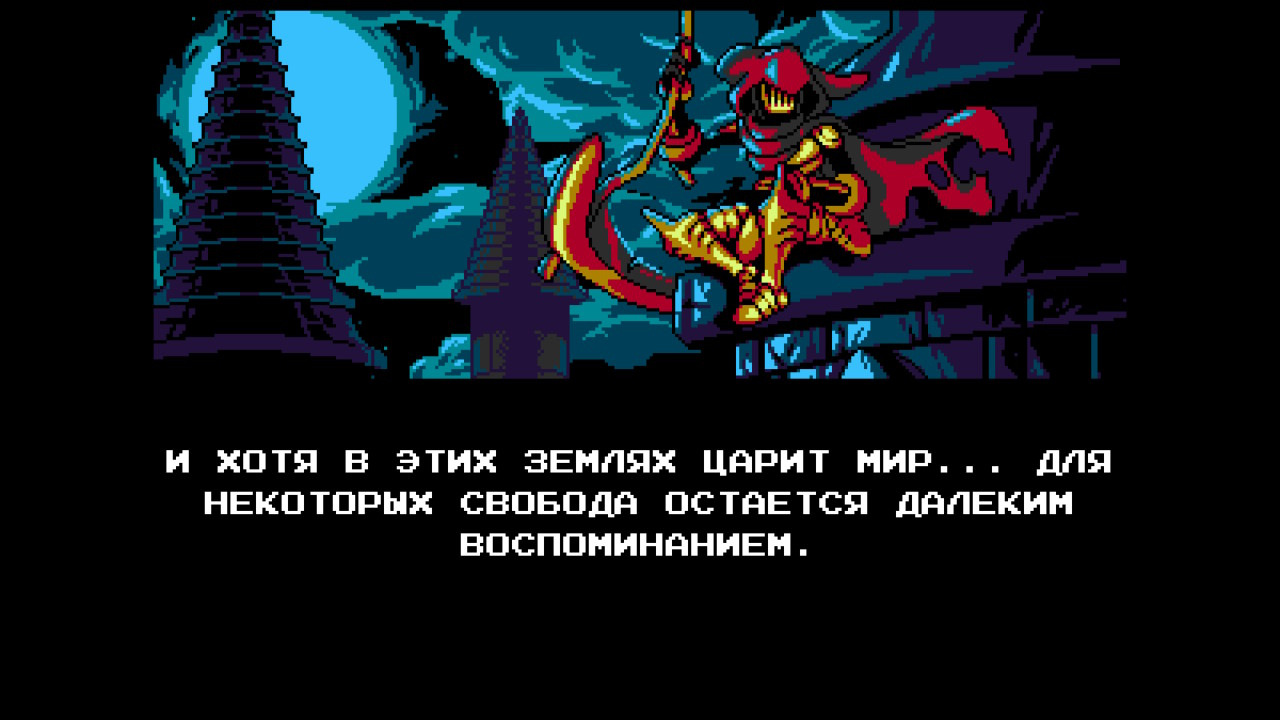
And tiny assumptions don’t really affect the overall quality of the typing. Treasure Trove is a must-buy for anyone who even slightly loves platformers, owns a Switch, and enjoys lounging on the couch. It’s a modern take on a natural classic, which, throughout three unique campaigns, delights with fresh ideas, witty script, and stunning audiovisual presentation. Well, for fans of the genre, you definitely won’t find a better offer anywhere else.
Share
Discuss
More Reviews



